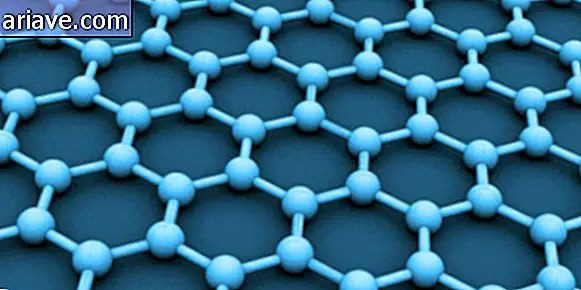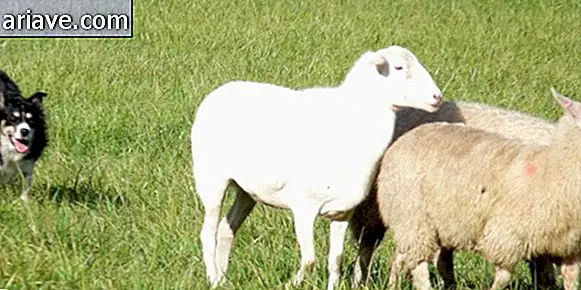Kidney Stones: What Are They? How do they multiply? Is it possible to avoid?
Today we are not going to talk about the good stuff, but what causes one of the worst pains possible: kidney stones. Anyone who has said it is practically unbearable. Who hasn't had the hope to continue on this team But after all, how do these damn people form and what can you do to lessen the risk of falling victim to them?
Kidney stones, also known as kidney stones, are a hard mass formed of crystals resulting from undiluted chemical residues such as calcium and phosphorus. Lack of fluid in the urine is the main cause for these compounds to accumulate in the kidneys and form small pebbles, which grow until they start to bother.
Sizes vary, from small grains of sand to the magnitude of a golf ball - have you ever thought about the pain? When they are little, they can end up passing through the urinary channels and out of your body without you even noticing that they existed. But when they decide to get in the way, my friend, run to the hospital, the pain is right!

Symptoms and risk factors
If you feel a pain in the lower back that extends to the abdomen and even to the genitals, keep an eye out: it may be a pebble that wants to come out and clog the ureter, the "canine" that connects the kidney to the bladder. In addition, kidney failure may be accompanied by nausea, urge to urinate even when there is no urine, pain in peeing, and even blood in the urine.
Men are often more affected than women, but everyone should keep an eye out if they have a family history of this problem. Lack of water intake can also be one of the reasons for stones, as well as, of course, a diet high in sugar, sodium and protein.
Typically, people between the ages of 20 and 60 are most affected by this problem. A tomography may be ordered to confirm the existence of kidney stones, but the doctor often distrusts the problem by describing the symptoms by the patient.

Treatment and prevention
In most cases, eliminating a stone doesn't require much effort: just a little pain medicine and plenty of water. The liquid is also crucial in preventing the emergence of new stones, so stay well hydrated!
Shockwave lithotripsy is a method that can cause larger stones to break into smaller stones to be expelled through the urinary tract. The doctor uses a machine that emits electromagnetic, piezoelectric or electrohydraulic vibrations for this process. A third option is ureteroscopy, in which the doctor inserts a tube through the patient's urethra until it reaches the ureter, where the calculus is located. It can be broken with the use of laser in this operation. Larger calculi are usually removed by surgery.
If a person has had a calculation, he must be extra careful not to happen again. In these cases, prevention depends on the type of kidney stone: calcium oxalate can be avoided without eating foods such as spinach, nuts or wheat bran, which are rich in oxalate; uric acid, however, require less protein intake. And salt is one of the biggest villains; so keep it to a minimum in your meals!












